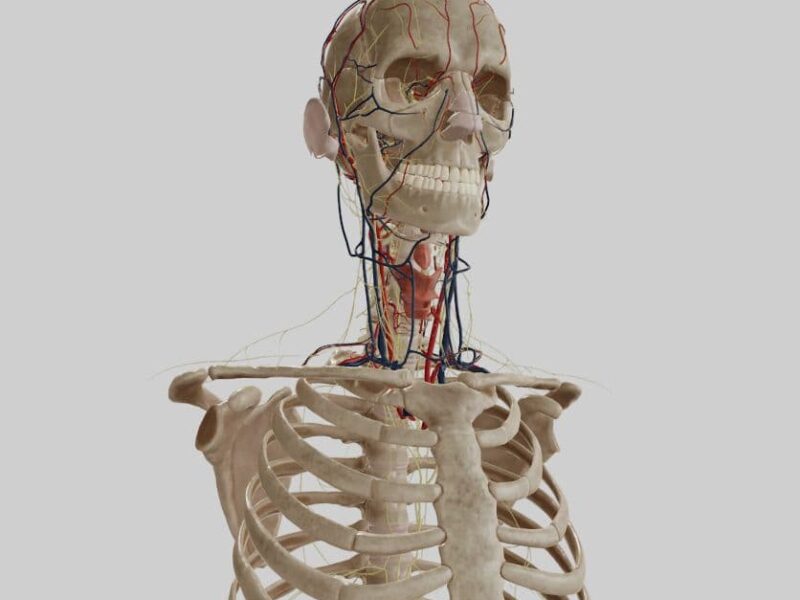The work of a medical professional requires high concentration, physical endurance, and emotional stability. Every day, doctors, nurses, and other healthcare workers face enormous workloads that can cause stress and fatigue. In such conditions, even small details, such as the comfort of medical clothing, play an important role. Modern research in the field of neuroscience confirms that comfortable clothing affects not only physical condition, but also cognitive functions and emotional balance.
1. Comfort and stress reduction
Stress is a constant companion of a medical worker, especially in emergency situations. Neurobiological studies show that physical discomfort caused by uncomfortable clothing increases the level of cortisol, the stress hormone. Muscle tension, skin irritation, and overheating contribute to fatigue and make it difficult to perform tasks that require maximum concentration.
Properly selected medical suits that take into account anatomical features and provide freedom of movement help reduce physiological stress. Fabrics that breathe and maintain optimal thermoregulation allow the body to be less distracted by discomfort, which is directly related to improved cognitive function and increased productivity.
2. Thermoregulation and cognitive abilities
The human brain is sensitive to temperature changes in the body. When overheated or overcooled, the body spends additional resources to maintain balance, which reduces the brain’s ability to effectively process information. Modern medical scrubs made of technological fabrics help maintain optimal body temperature, which helps maintain focus and prevent cognitive exhaustion.
Thanks to the thermoregulatory properties of fabrics, medical professionals can work long shifts while maintaining high productivity and attention to detail.
3. Ergonomics and freedom of movement
Women’s medical clothing, created taking into account anatomical features, reduces muscle tension and prevents fatigue. Neurobiological studies confirm that muscle tension, especially in the back and shoulders, is associated with the activation of the amygdala, the area of the brain responsible for the perception of stress.
Ergonomic suits that do not restrict movement allow specialists to perform complex manipulations with minimal physical effort. This improves coordination and reduces the risk of errors in work.
4. Color psychology and emotional balance
The color of medical clothing affects both the workers themselves and the patients. Neuroscience confirms that colors can affect a person’s emotional state by activating different areas of the brain. Pastel and neutral tones, often used in women’s medical suits, reduce anxiety and create a feeling of calm and confidence.
This is especially important for medical personnel, since calmness and emotional stability are critical factors in decision-making and maintaining high performance.
5. Psychological perception and confidence
The feeling of comfort and the aesthetic appeal of a medical suit directly affect self-perception. Research in the field of cognitive psychology shows that satisfaction with appearance improves confidence and mood. This, in turn, activates the dopamine systems of the brain, which are responsible for motivation and productivity.
Women’s medical suits, designed with a balance between functionality and aesthetics, help specialists feel confident and professional throughout the working day.
Conclusion:
The neurobiology of comfort confirms that medical clothing is not just a form, but an important tool for maintaining cognitive efficiency and emotional well-being. Ergonomic, thermoregulatory and aesthetically pleasing scrubs reduce stress, maintain concentration and promote the productivity of medical professionals. Innovative approaches to the design of women’s medical suits create conditions in which work becomes not only effective, but also more comfortable at the neurobiological level.



